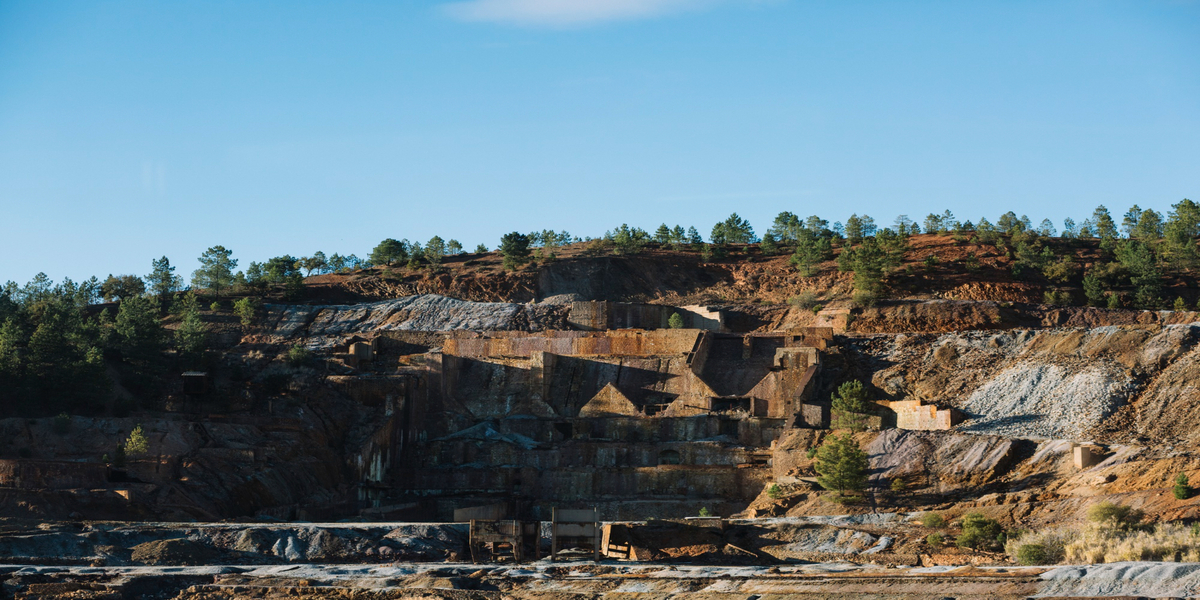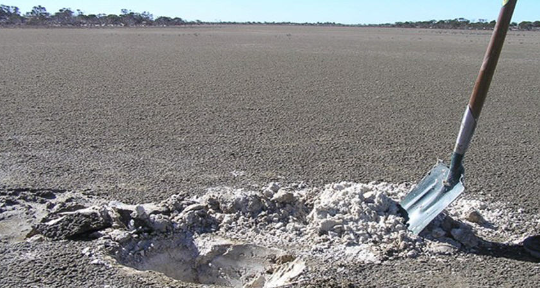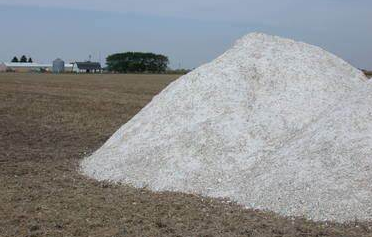Introduction
Biorefineries have recently gathered considerable attention as the global community seeks sustainable alternatives to fossil fuels and petrochemical-based goods. The biorefinery sector increasingly relies on lignocellulosic biomass, typically sourced from wood, agricultural residue, and energy crops. Therefore this renewable resource offers the potential for producing biofuels, chemicals, and value-added products. Lignocellulosic biomass is primarily composes of three main constituents, namely cellulose, hemicellulose, and lignin. By separating and processing these constituents in a biorefinery, valuable products like bioethanol, biopolymers, and bio-based chemicals can be produced. Nevertheless, the process may also generate by-products such as silica and gypsum. This blog delves into the silica and gypsum recovery strategies in the lignocellulosic biorefineries.
Silica naturally occurs in many plant species. And it can be released and concentrated during biomass processing. Gypsum is also known as calcium sulfate dihydrate. It is formed when sulfur compounds are removed during biomass processing. Although these by-products are typically regarded as waste, they can be transformed into valuable resources through the implementation of appropriate strategies.
Silica and Gypsum Recovery Strategies
There are several strategies to make the most of the silica and gypsum byproducts in lignocellulosic biorefineries. They are:
Silica Recovery
Silica Precipitation:
It can be separated from the process streams through precipitation. This involves adjusting the pH and temperature to encourage silica particles to form aggregates and settle out. Once separation is over, the silica undergoes further processing for using in various applications, such as as a reinforcing agent in rubber and plastics.
Silica Nanoparticle Production:
Silica nanoparticles have many applications in industries like medicine, electronics, and materials science. Therefore lignocellulosic biorefineries can adapt their processes to produce these valuable nanoparticles from recovered silica.
Agricultural Use:
Silica is beneficial in agriculture as it enhances plant growth and provides resistance against various stresses. By recovering silica and incorporating it into agricultural products, biorefineries can contribute to sustainable farming practices.
Gypsum Recovery
Gypsum Precipitation:
It can be recovered by controlling the pH and temperature in the process. Once precipitation is over, it then undergoes separation and utilized in various applications, including construction materials and as a soil conditioner.
Sulfur Recovery:
Sulfur compounds removed in the biorefinery process can also be captured and reused, reducing the need for external sulfur sources.
Gypsum Recycling:
In areas where gypsum is in high demand for construction and agriculture, the recovered gypsum can be directly used or sold to external markets.
The Benefits of Silica and Gypsum Recovery
Resource Efficiency:
One of the primary benefits of silica and gypsum recovery is promoting resource efficiency. By capturing and reusing these by-products, industries can reduce their reliance on virgin materials. This not only conserves natural resources but also lowers the cost of production.
Waste Reduction:
Silica and gypsum recovery initiatives contribute to waste reduction. Instead of being treated as waste and disposed of, these byproducts are transformed into valuable resources, lessening the environmental burden associated with waste disposal.
Environmental Sustainability:
Recovery strategies for silica and gypsum support environmental sustainability. The reduction in waste generation minimizes the ecological footprint of industrial operations. Additionally, using recovered materials decreases the demand for new resource extraction, which can be ecologically damaging.
Economic viability:
Implementing recovery processes can be economically advantageous. Silica and gypsum, once reclaimed and processed, can be sold as valuable products. This not only offsets costs but also generates additional revenue streams, enhancing the overall financial viability of the operations.
Improved Environmental Compliance:
Many industries face regulatory requirements for waste management and emissions control. Proper recovery and utilization of silica and gypsum can assist industries in achieving and maintaining environmental compliance, reducing the risk of fines and penalties.
Diversification of Revenue Streams:
The recovery of silica and gypsum introduces a diversification of revenue streams. Also, Industries that may have primarily focused on their primary product markets can now profit from secondary markets for these recovered materials. This diversification can act as a buffer against market fluctuations.
Value-Added Products:
Silica and gypsum can produce a range of value-added products. For instance, recovered silica can be used as a reinforcing agent in rubber and plastics or in the production of silica nanoparticles, which have applications in various high-tech industries.
Construction and Agriculture:
Gypsum recovery directly applies to the construction and agriculture sectors. Recovered gypsum can be used to produce construction materials and as a soil conditioner in agriculture, enhancing soil structure and nutrient availability.
Challenges and Future Directions
While the advantages of silica and gypsum recovery are considerable, they are not without difficulties. It is imperative to develop recovery methods that are both efficient and cost-effective, and careful consideration must be given to the market demand for these reclaimed materials. Furthermore, industries must navigate the complexities of regulations to ensure compliance with environmental standards. Looking towards the future, continuous research and development are crucial. Innovations in recovery processes can further enhance efficiency and sustainability.
Collaboration between industries and government agencies can facilitate the establishment of best practices and regulatory frameworks that support efforts in silica and gypsum recovery. In conclusion, silica and gypsum recovery is an appealing concept that embodies sustainability, resource efficiency, and economic viability. By transforming waste into valuable resources, industries can simultaneously reduce their impact on the environment and improve profitability. The benefits of silica and gypsum recovery extend beyond individual businesses, as they contribute to a more circular and responsible approach to global resource management.








